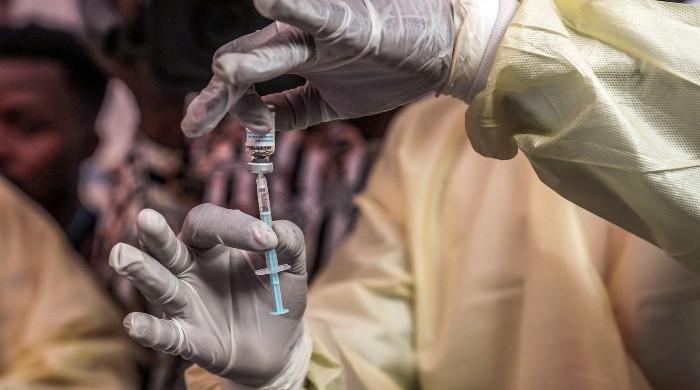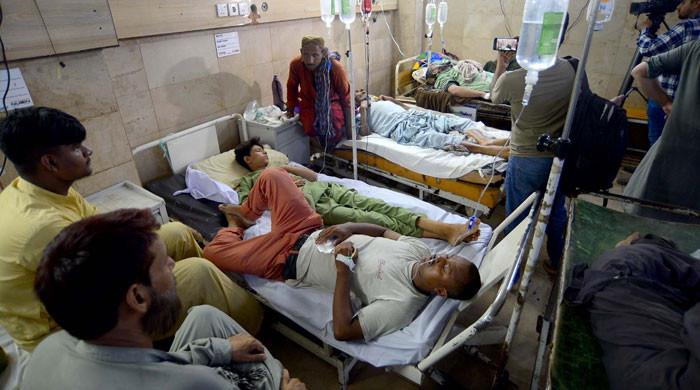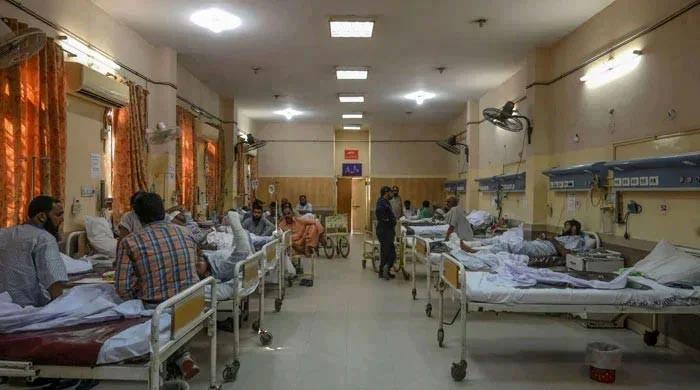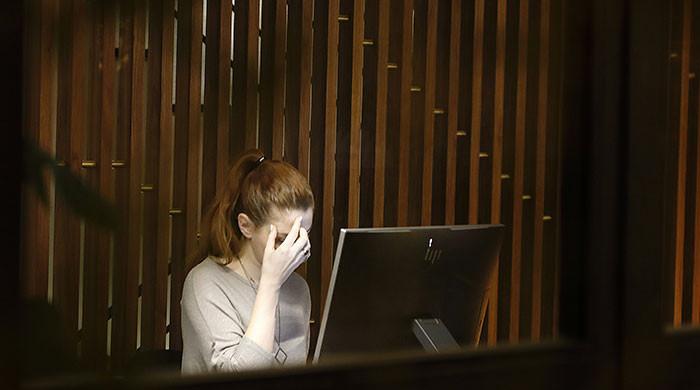Health
WHO greenlights Bavarian Nordic’s mpox vaccine for ages 12-17
-

 Technology7 مہینے ago
Technology7 مہینے agoSamsung’s new midrange Galaxy A55 has improved security, features | The Express Tribune
-

 Pakistan7 مہینے ago
Pakistan7 مہینے agoNew Zealand in efforts to fast track consenting of major projects – Pakistan Observer
-

 Sports7 مہینے ago
Sports7 مہینے agoPCB opens applications for specialized red and white-ball coaches
-

 Sports7 مہینے ago
Sports7 مہینے agoUSA pacer eyes face-off with Virat Kohli, Babar Azam at 2024 T20 World Cup
-

 Pakistan6 مہینے ago
Pakistan6 مہینے agoToday Chicken Rate in Lahore – April 2024 – Pakistan Observer
-

 Entertainment7 مہینے ago
Entertainment7 مہینے agoPrince William foils Prince Harry’s reunion plans ahead of UK return
-

 Pakistan7 مہینے ago
Pakistan7 مہینے agoLegal issues hinder projects’ transfer | The Express Tribune
-

 Sports3 مہینے ago
Sports3 مہینے agoWill Younis Khan’s heartfelt appeal bring Virat Kohli to Pakistan for Champions Trophy 2025? | The Express Tribune












